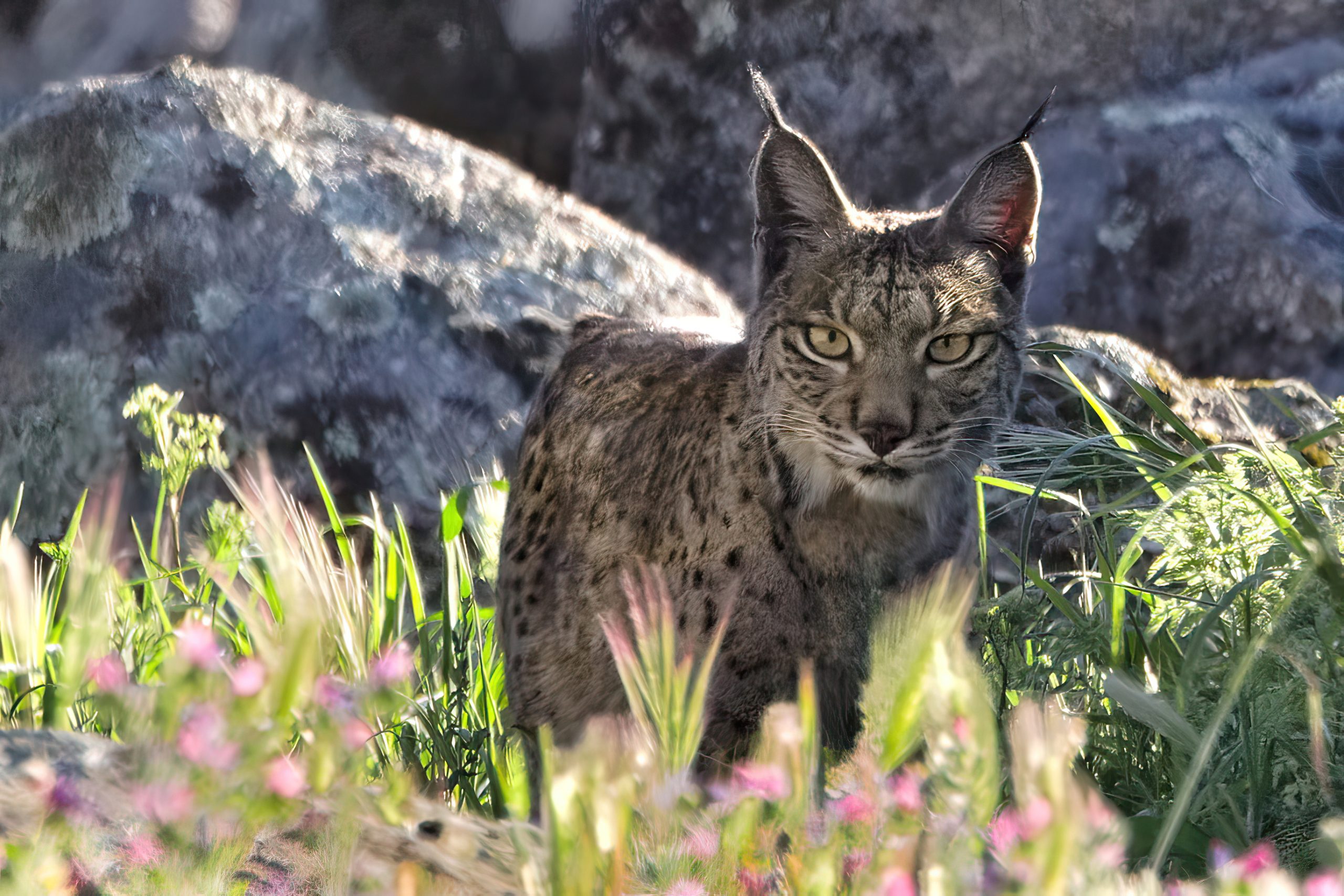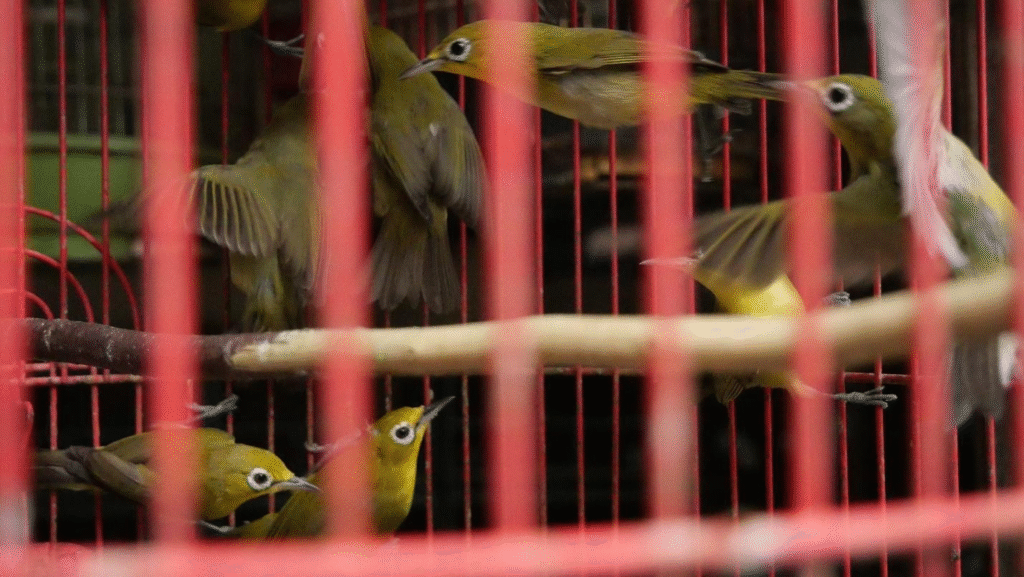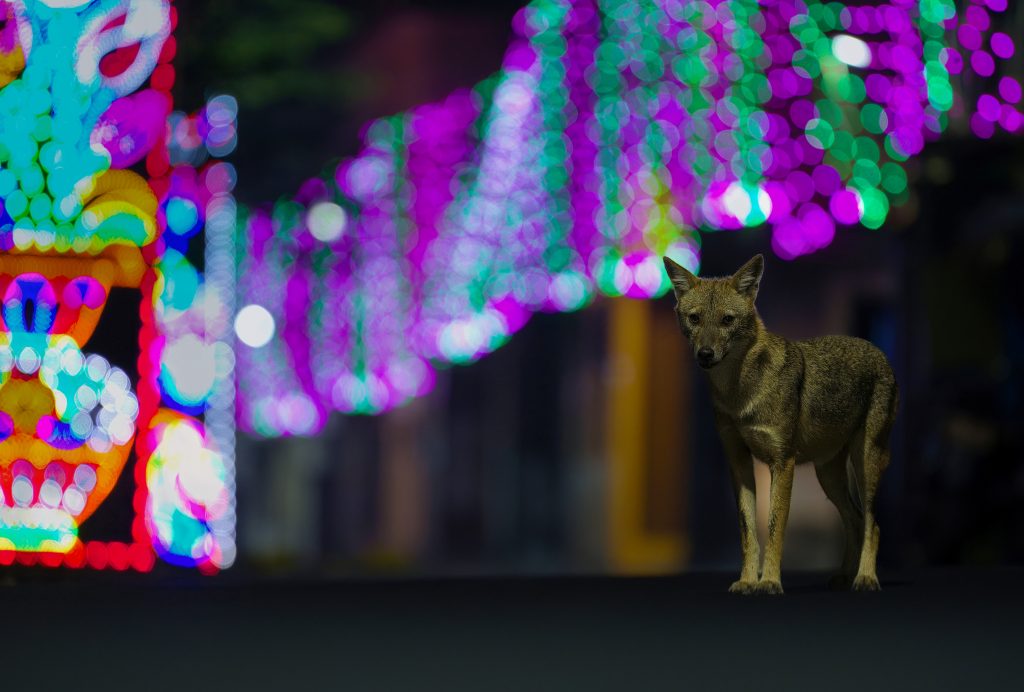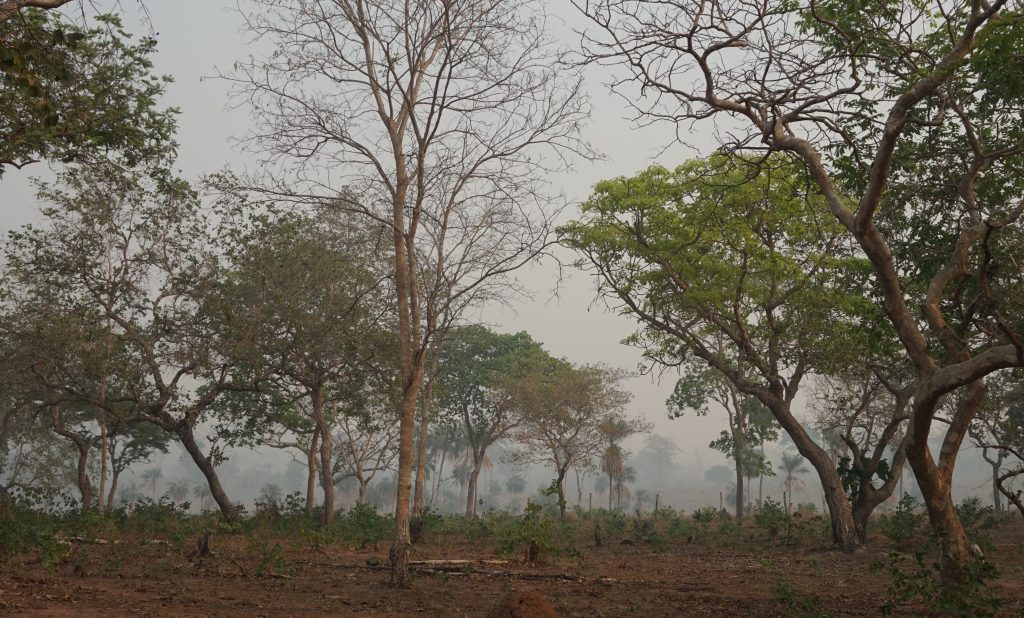One afternoon, while I was out walking in a field before sunset, a birdwatcher halted his car beside me. He leaned out and asked, “Have you seen anything?” referring to lynxes. On hearing my negative response, he complained: “Look how dry the Sierra is! I’ve never witnessed anything like this. There are no lynxes, no birds, no blossoms, and, thus, no fruits for the animals… There is no life. The landscape has fallen into a profound silence.”
In the heart of Sierra de Andújar in southern Spain lie the dehesas—agrosilvopastoral systems with a predominant grassy layer and sparse Quercus and Fraxinus trees—that attract numerous wildlife enthusiasts throughout the year. Due to its socio-environmental conditions, 39 percent of the mammal species and 48 percent of the birds in Spain can be seen in Andújar.
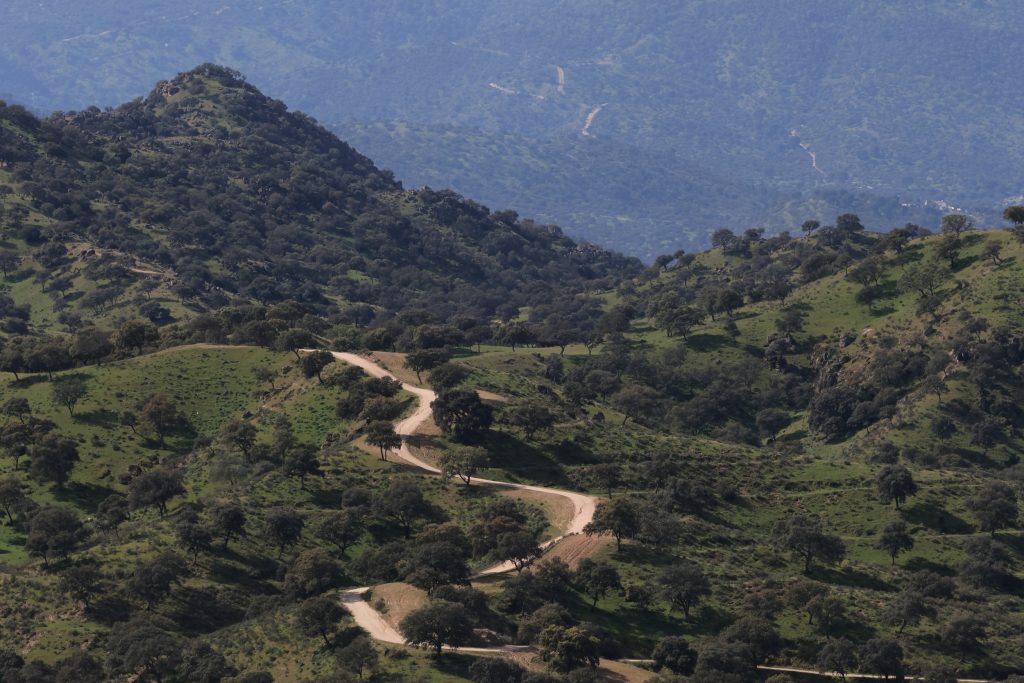
Amongst the rich fauna of the region, the Spanish imperial eagle (Aquila adalberti), Eurasian otter (Lutra lutra), and the cat with golden eyes—the Iberian lynx (Lynx pardinus), stand out as the most eagerly anticipated animals for wildlife observers.

Despite extensive conservation efforts over the last two decades, the Iberian lynx remains endangered. The 2022 Iberian Lynx Census, promoted by the Spanish and Portuguese environmental authorities in partnership with NGOs, revealed 326 females of reproductive age. To ensure the long-term survival of lynx populations, scientists estimate that at least 750 reproductive-age females need to persist in the landscape.
If the Iberian lynx is now found in many parts of the peninsula after assisted reintroduction, this is partially thanks to Sierra de Andújar, which, along with Doñana which is also in southern Spain, is home to the only two surviving populations of the feline. Nevertheless, it is probably in Sierra de Andújar where most of the genetic diversity of the Iberian lynx is preserved. This has a practical implication for lynx conservation because losing this diversity might jeopardise the long-term viability of the other populations.
The Iberian lynx mates from December to February, when winter temperatures are low. After 65 to 72 days of gestation, late spring and early summer usually yield cute observations of newborn cats playing around while the mother hunts. Or at least this is what is expected to happen in Andújar.
Most known females in Andújar did not breed in 2023, and this situation has been observed in the landscape for several years. In 2013, for example, only 15 cats were born from 64 reproductive females. This trend is often attributed to a prevailing scarcity of prey, particularly rabbits (Oryctolagus cuniculus), constituting more than 90 percent of the lynx’s diet.
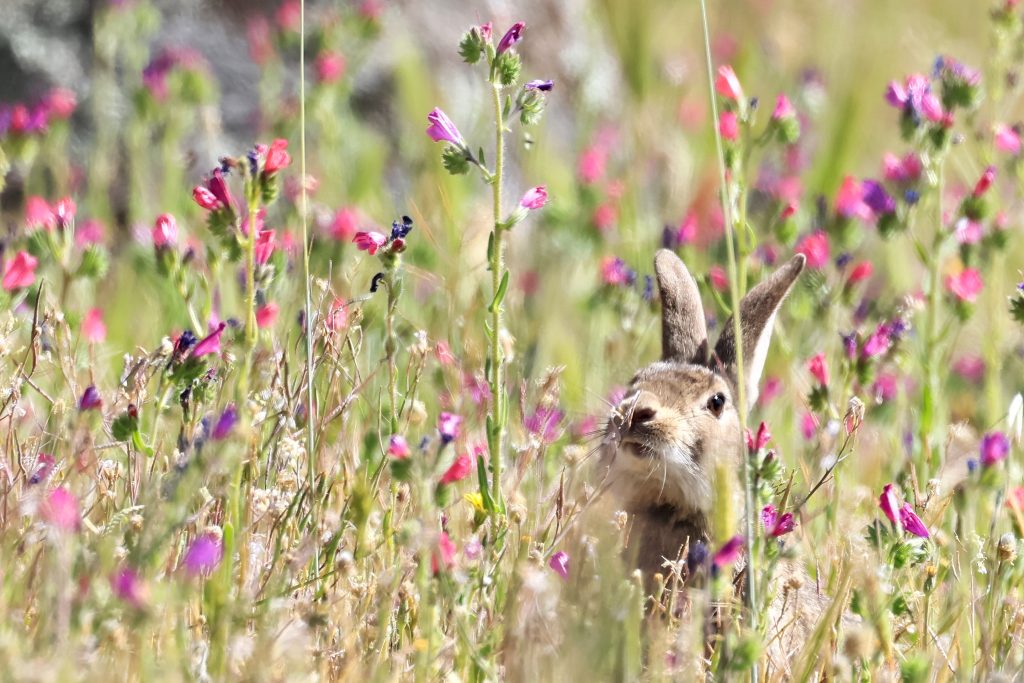
Some critical factors affect rabbit populations in the Iberian Peninsula, such as habitat fragmentation, hunting, and disease outbreaks—mainly myxomatosis and rabbit hemorrhagic disease. However, little is known about climate change, another factor that potentially affects both predators and prey.
Whether hotter winter temperatures—which are more and more common in southern Spain—followed by drier springs will preclude the breeding of Iberian lynxes is still an open question that deserves close attention. According to climate change projections, minimum winter temperatures in Andújar in 2030 are expected to be on average 1.37ºC higher (and ranging between 0.01ºC to 2.94ºC) than the historical period from 1970 to 2000 in a stabilising climate change scenario. On the other hand, spring precipitation (30 mm/month, on average) is expected to reduce by 0.20 mm/day. Thus, the region suffering from successive and longer dry periods and more frequent heat waves could already be experiencing the effects of climate change.
The high temperatures and the lack of rainy days during the 2023 spring transformed the colour palettes of the landscape from dark green to dry yellow in just two-and-a-half months. This change, expected to happen gradually and by mid-summer, affected the observations of the Iberian lynx as well as other mammal and bird species in Sierra de Andújar. To avoid the heat and to save water, animals naturally restrict their activities and movement across the landscape.
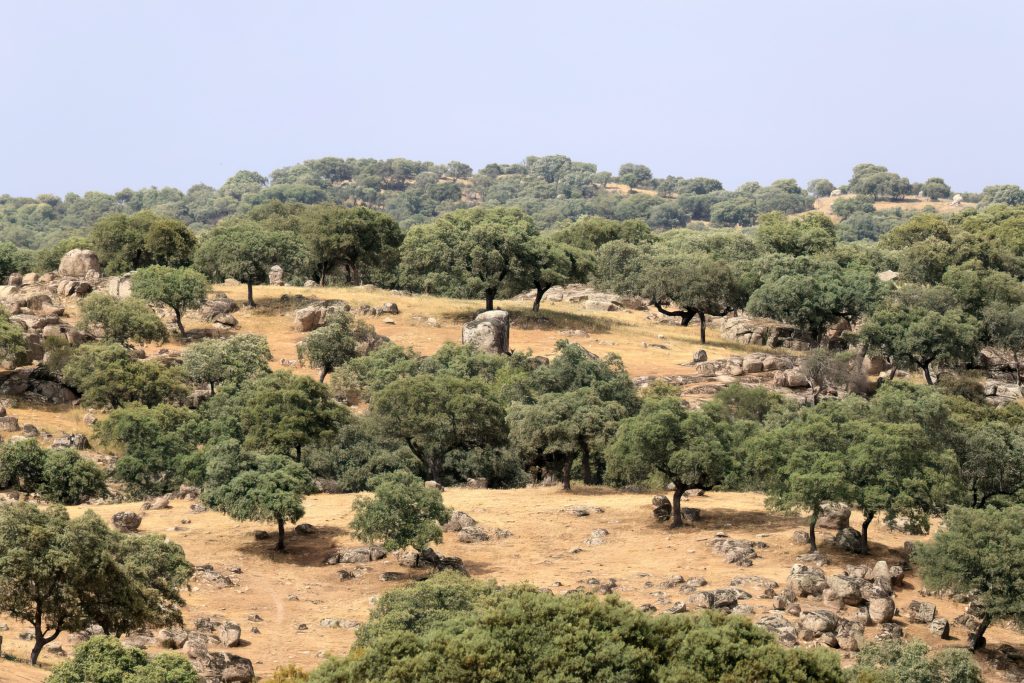
The spring of 2023 was not the first silent spring for the lynxes in Andújar. It probably won’t be the last. My real desire, shared by all those who engage in observing wildlife in the Sierra, was to follow a pregnancy, witness the birth of kittens, and hear them playing throughout the changing seasons. While I spotted females of reproductive age and adult males, the environmental conditions did not favour mating.
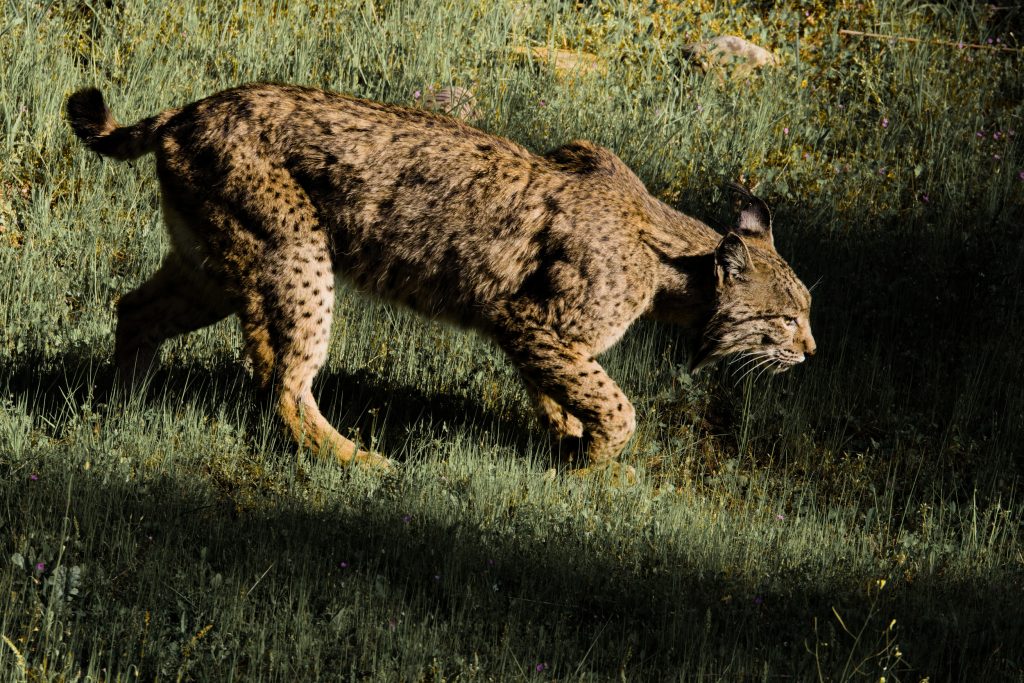
While I am happy for the reproductive success of other Iberian lynx populations, where rabbits are not a limiting factor for their survival, I wish only the best for the Andújar´s population and its unique—and essential—genetic diversity. I hope that next spring, there will be plenty of energy and noise from a new generation of golden-eyed cats that will contribute to saving the species from extinction. And that the dehesa ecosystems of Sierra de Andújar flourish with a splendid array of colours and a healthy abundance of life.

